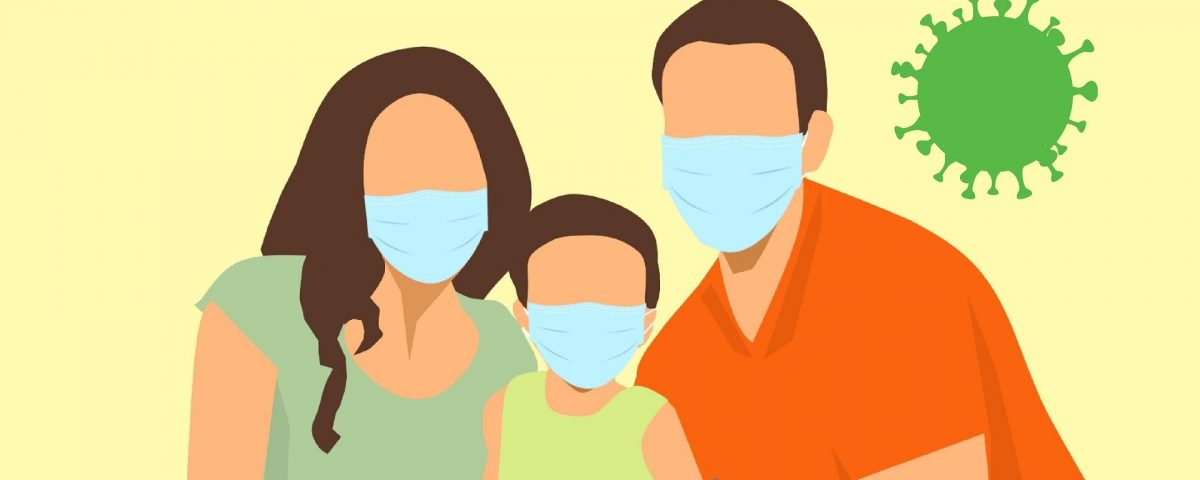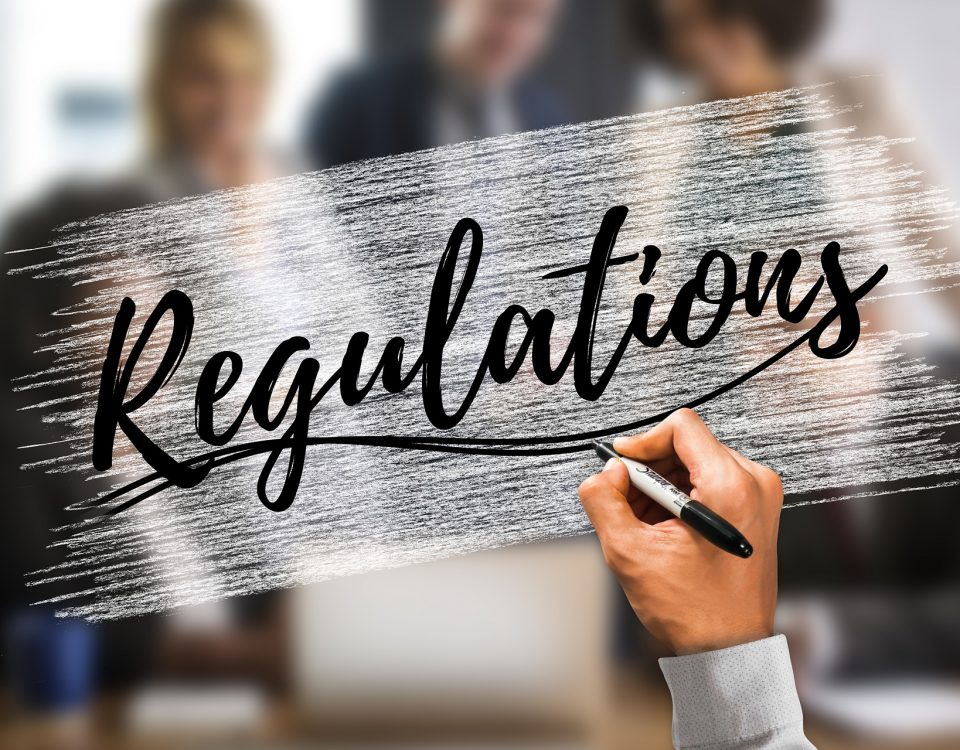CDC Recommends Wearing Simple Cloth Face Coverings in Public

While social distancing remains the most important way to slow the spread the coronavirus, the Centers for Disease Control (CDC) now recommends that people wear cloth face coverings when it’s difficult to stay six feet apart in public places, like the grocery store. These simple cloth face coverings are meant to protect people around you if you are infected but don’t have symptoms. A cloth face mask is not intended to protect the person wearing it.
Why Masks Are Recommended:
Research shows that many people with coronavirus do not have symptoms. They can transmit the disease to other people without knowing it. This means that the virus can spread when they are in close contact with others, even if they are not showing symptoms. These masks do not mean people should stop social distancing, washing their hands frequently and covering their coughs and sneezes.
How to Make a Cloth Covering:
You can make your own cloth face covering using common things around your house, like a t-shirt and rubber bands. Click here to get instructions on how to make your own face mask.
Surgical masks and N95 respirators are in short supply, the CDC continues to recommend that these masks should be reserved for nurses, doctors, and other medical first responders.
How to Wear a Cloth Face Mask:
Cloth face coverings should:
- Fit snugly but comfortably against the side of your face
- Be secured with ties or ear loops
- Include multiple layers of fabric
- Allow for breathing without restriction
- Be able to be laundered and machine dried without damage or change to shape
When you take off your face mask, be careful not to touch your eyes, nose, and mouth. Wash your hands immediately after removing. Your face covering should be routinely washed.
Who Should Not Wear a Covering:
Cloth face coverings should not be placed on young children younger than 2 years of age, anyone who has trouble breathing, or is unconscious, incapacitated or otherwise unable to remove the cover without assistance.
To read the full article, click here.






